Table of content
Pickling eggplants is a time-honored tradition that preserves the summer’s bounty for enjoyment throughout the year. This culinary art not only extends the shelf life of eggplants but also transforms them into a tangy, savory delight that complements various dishes. Whether you’re a seasoned preserver or new to the world of pickling, this comprehensive guide will walk you through the intricacies of pickling eggplants, from selecting the perfect produce to crafting flavorful brine and ensuring a successful fermentation.
Understanding Eggplants for Pickling
Before diving into the pickling process, it’s crucial to understand the types of eggplants suitable for pickling. Eggplants (Solanum melongena) come in various shapes, sizes, and colors, ranging from small, round varieties to long, slender ones. For pickling, smaller to medium-sized eggplants with firm flesh and tight skin are ideal. Varieties like globe, Italian, and baby eggplants are particularly well-suited due to their dense texture and ability to hold up well during the pickling process.
Selecting the Right Eggplants
- Firmness: Choose eggplants that are firm to the touch. Avoid those that feel soft or have bruises, as they may rot quickly during pickling.
- Skin Color: While skin color can vary, opt for eggplants with evenly colored skin that indicates ripeness. Avoid those with patches or discoloration.
- Size: Smaller to medium-sized eggplants are easier to handle and pack into jars. Larger varieties can be used but may require more time to soften.
- Freshness: Ensure the eggplants are fresh by checking for stems that are still green and firm. Avoid those with wilted stems or dry, cracked skin.
Preparation Before Pickling
Once you’ve selected the perfect eggplants, proper preparation is key to successful pickling.
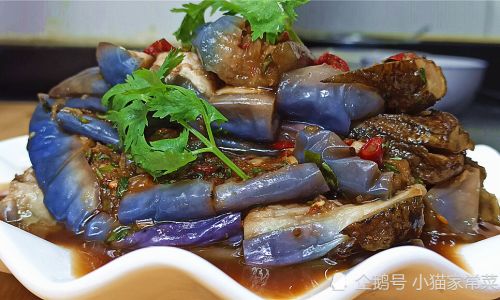
- Washing: Rinse the eggplants thoroughly under cold running water to remove any dirt or pesticides. Pat them dry using a clean kitchen towel or let them air-dry.
- Trimming: Cut off the stems and any blemished parts of the eggplants. Leave a small amount of stem attached if desired for aesthetic purposes.
- Piercing: To allow the brine to penetrate the flesh, pierce the eggplants with a fork or sharp knife in several places. Be careful not to pierce through to the other side, as this can cause the eggplants to fall apart during pickling.
- Sizing: Depending on the jar size you plan to use, you may need to cut the eggplants into smaller pieces or leave them whole. Smaller eggplants can often be pickled whole, while larger ones should be halved or quartered.
Creating the Pickling Brine
The brine is the lifeblood of pickled eggplants, providing the necessary acidity and flavor. There are various brine recipes, each offering a unique taste profile. Here are a few classic options:
Basic Vinegar Brine
-
Ingredients:
- 2 cups distilled white vinegar (5% acidity)
- 2 cups water
- 1/4 cup pickling salt (non-iodized)
- 2-3 cloves of garlic, sliced
- 1 teaspoon whole black peppercorns
- 1 teaspoon red pepper flakes (optional for heat)
- 1 sprig of fresh dill or 1 teaspoon dried dill weed
- 1 small onion, thinly sliced (optional)
-
Instructions:
- In a large pot, combine vinegar, water, and salt. Stir until the salt is completely dissolved.
- Add the garlic, peppercorns, red pepper flakes, dill, and onion if using.
- Bring the mixture to a boil, then reduce the heat and simmer for about 5 minutes to allow the flavors to meld.
- Remove from heat and let it cool to room temperature before using.
Fermented Brine (Lacto-Fermentation)
For a more traditional and probiotic-rich pickling experience, consider lacto-fermentation.
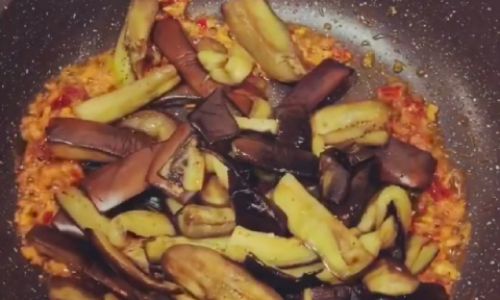
-
Ingredients:
- 2 cups filtered water
- 2 tablespoons non-iodized salt
- 1-2 cloves of garlic, sliced
- 1 teaspoon whole black peppercorns
- 1 sprig of fresh dill or 1 teaspoon dried dill weed
- 1 small onion, thinly sliced (optional)
- Starter culture (optional but recommended for consistent fermentation)
-
Instructions:
- In a large bowl or jar, combine water and salt. Stir until the salt is completely dissolved.
- Add the garlic, peppercorns, dill, and onion if using.
- Place the prepared eggplants into a clean, sterile jar, packing them tightly but not crushing them.
- Pour the brine over the eggplants, ensuring they are fully submerged. If necessary, use a weight (like a smaller jar filled with water) to keep the eggplants submerged.
- Cover the jar loosely with a cloth or lid to allow gas exchange.
- Place the jar in a cool, dark place. Fermentation will begin within 24-48 hours, and the brine may start to bubble and develop a cloudy appearance.
- Taste the eggplants daily after the first few days. Fermentation can take anywhere from 3-10 days, depending on taste preference and ambient temperature.
- Once the desired flavor is achieved, refrigerate the pickled eggplants to slow further fermentation.
Packing and Processing
Once your brine is ready, it’s time to pack the eggplants and process them for storage.
- Sterilizing Jars: Ensure your jars and lids are clean and sterile. You can sterilize them by boiling them in water for 10 minutes or running them through the dishwasher’s hot cycle.
- Packing: Pack the prepared eggplants tightly into the jars, ensuring there are no air pockets. This helps prevent floating and ensures even pickling.
- Pouring Brine: Carefully pour the cooled brine over the eggplants, ensuring they are fully submerged. Use a chopstick or skewer to remove any air bubbles trapped between the eggplants.
- Sealing: Wipe the rim of the jar clean to avoid contamination, then secure the lid tightly.
- Storage: For vinegar-based pickles, store the jars in the refrigerator for at least a week before eating to allow the flavors to develop. For fermented pickles, once they’ve reached the desired level of tanginess, transfer them to the refrigerator to slow further fermentation.
Troubleshooting and Tips
- Soft Eggplants: If your pickled eggplants become too soft, it may be due to over-processing or using too high a temperature during storage. Ensure they are stored in a cool, dark place (preferably a refrigerator) to maintain texture.
- Cloudy Brine: Cloudiness in the brine is normal and indicates fermentation. It’s safe to consume as long as there are no off odors or mold.
- Mold: If you notice mold on the surface of the brine or eggplants, discard the batch immediately. This indicates improper fermentation conditions or contamination.
- Adjusting Flavor: Feel free to experiment with additional spices, herbs, or sugars to suit your taste preferences. Remember, the flavors will intensify over time.
Enjoying Your Pickled Eggplants
Pickled eggplants are a versatile addition to any meal. They can be enjoyed on their own as a tangy snack, added to sandwiches or salads for a burst of flavor, or used as a condiment to complement grilled meats, fish, or vegetables. Their unique combination of acidity, sweetness, and savory notes makes them a cherished preserve that can be enjoyed year-round.
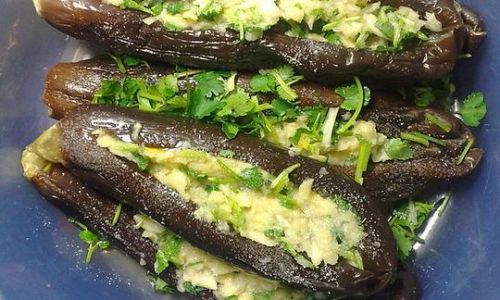
In conclusion, pickling eggplants is a rewarding culinary endeavor that combines the art of preservation with the joy of creating delicious, long-lasting food. By following the steps outlined in this guide, you’ll be able to craft flavorful, tangy pickled eggplants that will delight your taste buds and preserve the essence of summer for months to come. Happy pickling!
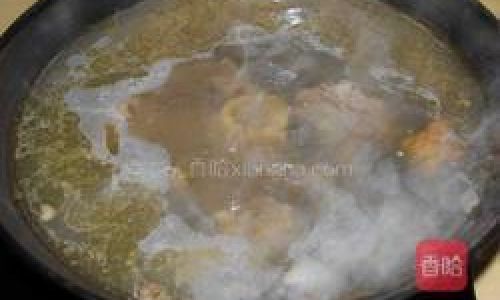
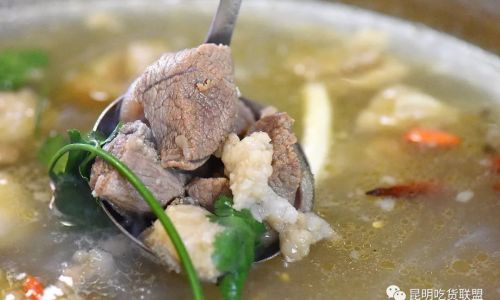
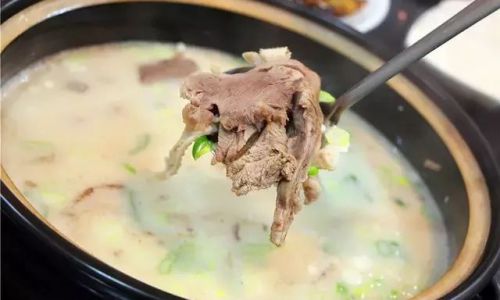

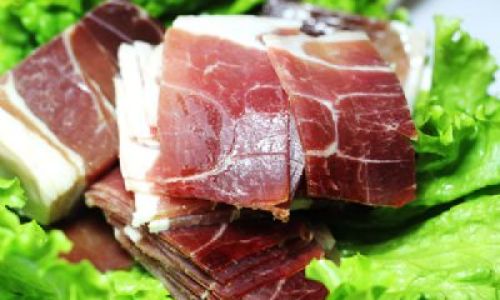
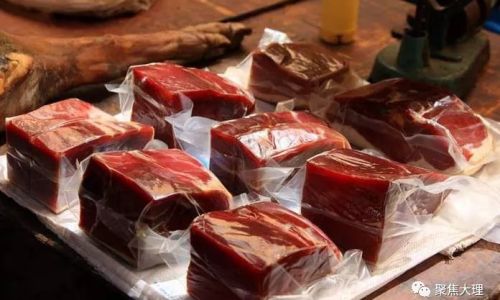
0 comments